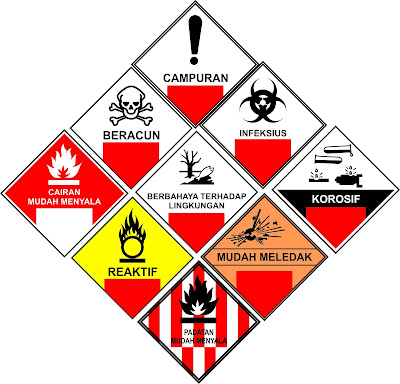Logistic Management (Definition, Strategy, etc)
Logistics Management
Different between Supply Chain and Logistics:
- Supply Chain is Transforming a raw materials into products, and getting it to Customers
- Logistics is movement of materials in whole supply chain
7R of Logistics:
1. Right Product
2. Right Quantity
3. Right Condition
4. Right Place
5. Right Time
6. Right Customer
7. Right Price
Logistics Functions
- Transportation (Air, Rail, Road, Boat and Pipe Line)
- Warehousing (Receiving, Storing, Shipping)
- 3rd Party & 4th Party Logistics
- Reverse Logistics (Returns, Re Use, Recycling, Disposal)
Logistics Value Proposition
Cost and Service must balance and efficiency to achieve customer satisfaction at the lowest total cost
Logistics Goal and Strategies
1. Response Rapid Capability
2. Minimum Variance of Logistics
3. Minimum Inventory Expense to Reduce Cost
4. Consolidated Inventory by grouping Shipments
5. Maintain High Quality and Engaging Continuous Improvement
6. Support entire product Life Cycle and reverse Logistics Supply Chain
Logistics Strategy
1. Coordinating Function
2. Integrating the Supply Chain
3. Substituting Information for Inventory
a. Locate in the right countries
Check Geographical location and analyze Forward and Reverse Chain to see selecting different geographic location could might logistics function efficient and effective
b. Develop an effective export- import strategy
Determine the volume the freight and units export-import, and decide where is the place inventory strategy get advantage
c. Select Warehouse Location
Determine the number of warehouses and calculate optimal distance from market and places the most effective & optimal warehouses around the world
d. Select transportation modes and carriers
Determine mix transportation modes the mostly efficiency connect supplies, produces, warehouses, distributies and customer
e. Select the right number of partners
Select the minimum numbers of flows of goods and information, freight forwarding , 3rd and 4th parties logistics to manage forward and reverse logistics
f. Develop state of the art information systems
Reduces inventory Cost by accurately and rapidly tracking demanding information and location of goods
Another Tactic :
- Improve Communications (Talk with suppliers regularly, and discuss plans with them)
- Collaborate with Suppliers (Use continuous improvement tools and share observation about trends)
- Track Inventory Precisely (It could be done by using GPS and Bar-Code System)
- Keep Inventor in Transit (It reduces inventory costs)
- Use Postponement Centers (Avoid filling warehouse with the wrong mix of goods setting postponement centers, delay product assembly).
- Mix Shipments to Match Needs (Match deliveries more precisely to customer needs, bu mixing different SKUs.
4. Reducing Number of Partners
More partners there are in chain, more difficult and expensive the chain is to manage
Consider Supply Chain of three echelons : Cycle Time, Operationg Costs, Inventory Holding Cost -> Eliminate -> Vertical Intergration Strategy
5. Pooling Risk
when manufacturers and retailers experience high variability in demand for their products, they can pool together common inventory components associated with a broad family of products to buffer the overall burden of having to deploy inventory for each discrete product.
It can reduce costs and stock outs risk by consolidating stock in warehouses
Flows of Goods and Information :
- Internal Process Integration & Collaboration between function (Purchasing, Logistics, Production Control, R&D, Marketing/Sales, Distribution) as well alignment & integration across supply chain customer information through all supply by the orders, sales activity and forecast



Comments
Post a Comment